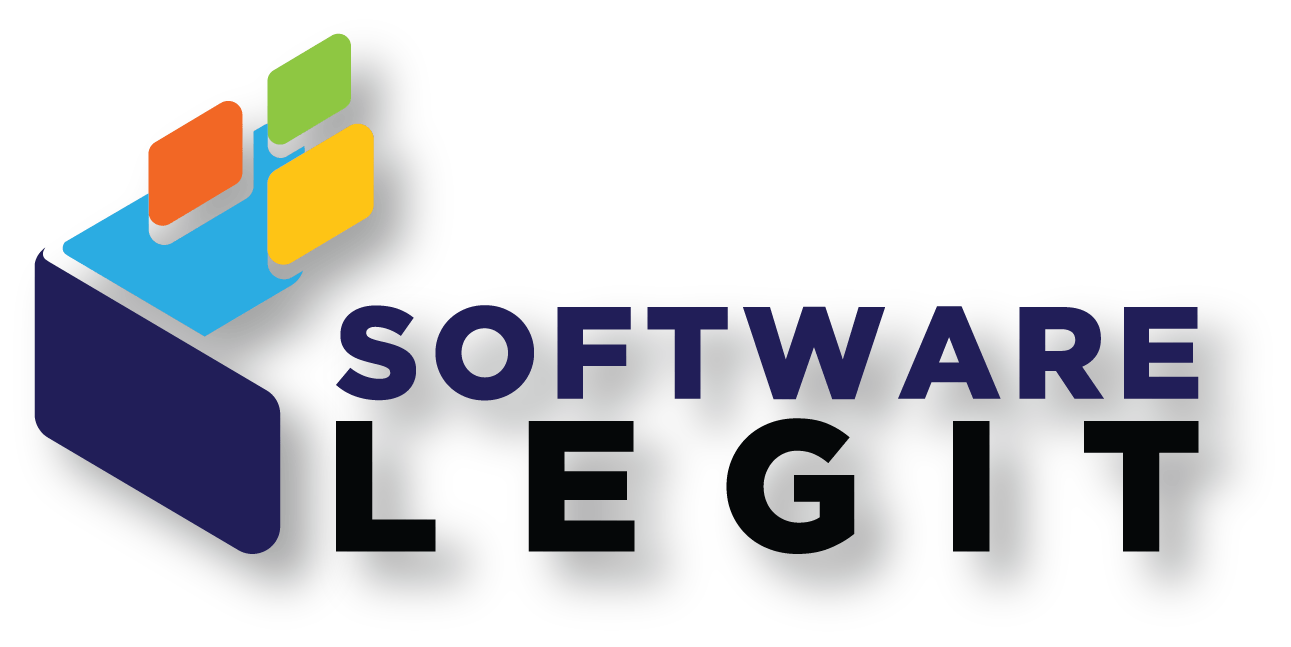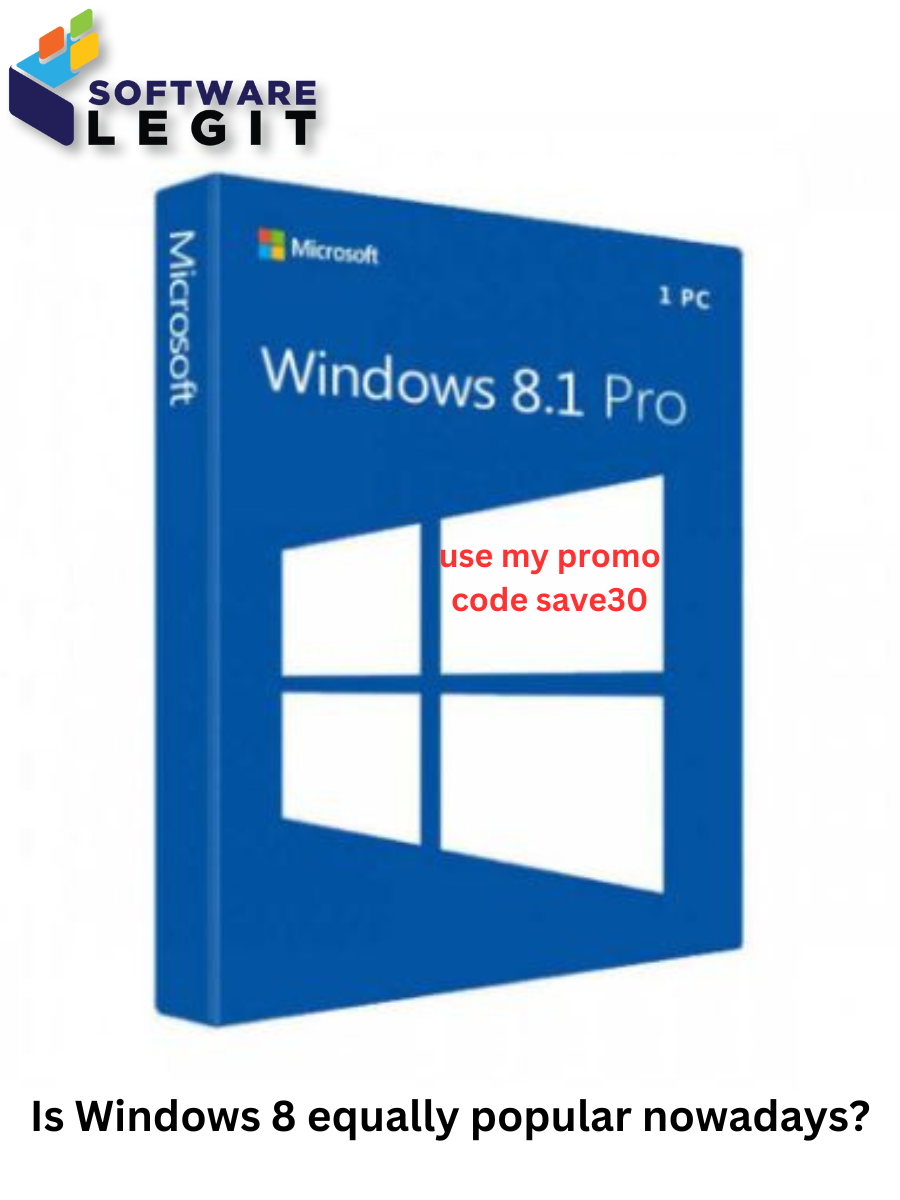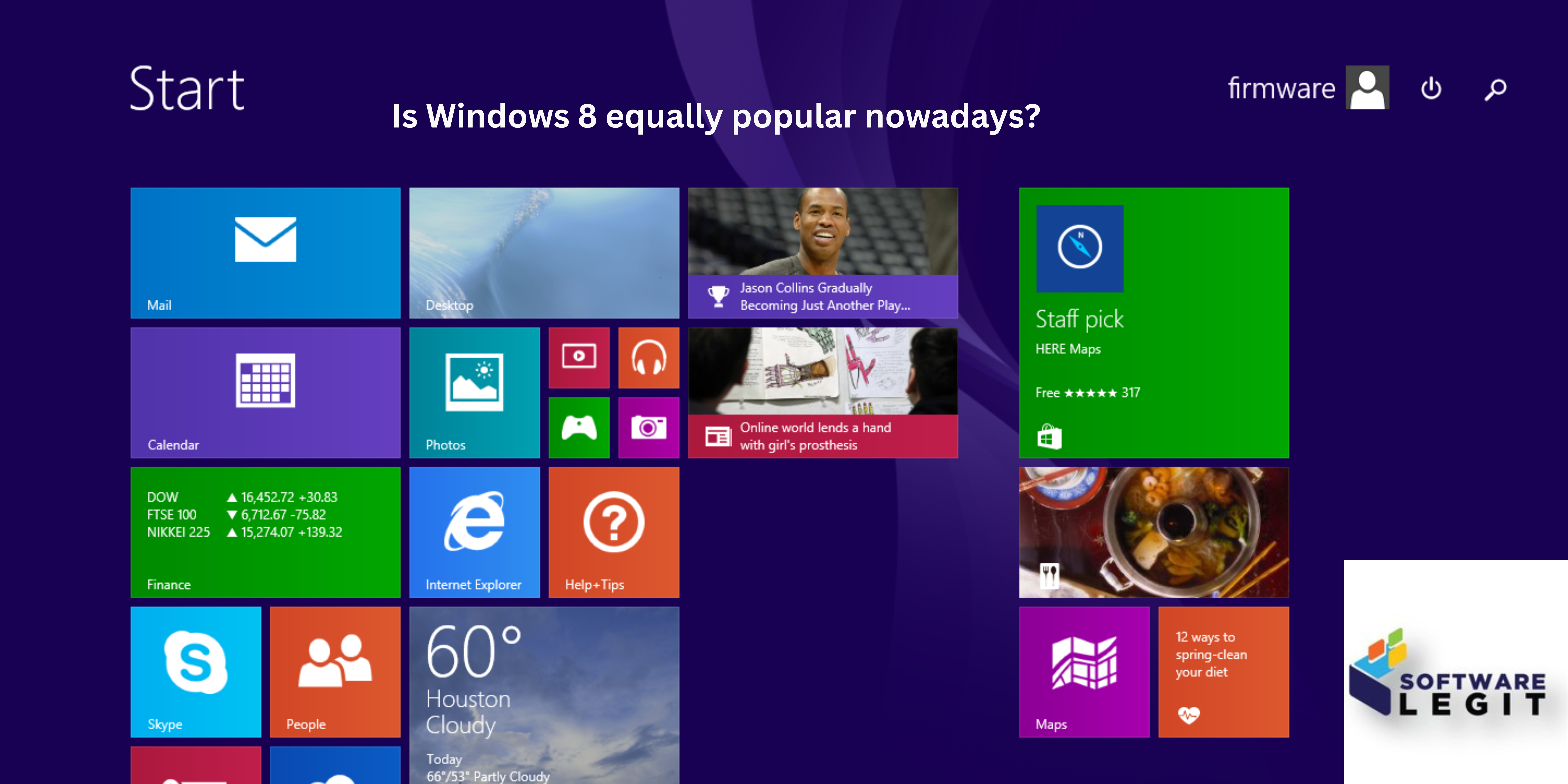Is Windows 8 equally popular nowadays?
Table of Contents
- Introduction
- Why Windows 8.1 Struggled to Gain Popularity
- Current Popularity of Windows 8.1
- Advantages of Windows 8.1 with Office 2013
- Disadvantages of Windows 8.1 with Office 2013
- Conclusion
1. Introduction
Is Windows 8 equally popular nowadays? Windows 8.1 was launched by Microsoft as an improvement over Windows 8, aiming to address the criticisms and shortcomings of its predecessor. Despite these efforts, Windows 8.1 struggled to gain widespread popularity. This blog explores the reasons behind its lack of success, its current standing, and the advantages and disadvantages of using Windows 8.1 with Office 2013.
2. Why Windows 8.1 Struggled to Gain Popularity
Windows 8.1 was designed to bridge the gap between traditional desktop computing and the emerging touch-based interface. However, several factors contributed to its struggle in gaining popularity:
- User Interface Confusion: The introduction of the Metro UI, which was optimized for touchscreens, confused many traditional desktop users. The abrupt shift from the familiar Start menu to a full-screen Start screen was jarring1.
- Lack of Seamless Integration: Windows 8.1 attempted to integrate the Metro UI with the traditional desktop environment, but the transition between the two was often clunky and disjointed
- App Ecosystem: The Windows Store lacked the variety and quality of apps found in competing ecosystems like iOS and Android. This limited the appeal of Windows 8.1 for users who were accustomed to a rich app experience
- Performance Issues: Some users reported performance issues and bugs that affected their overall experience. These issues, combined with the learning curve associated with the new interface, deterred many from adopting Windows 8.1
Is Windows 8 equally popular nowadays?
3. Current Popularity of Windows 8.1
As of now, Windows 8.1 is not as popular as other versions of Windows, such as Windows 10 or Windows 11. The majority of users have migrated to newer versions that offer better performance, security, and user experience. Windows 8.1 has reached its end of support, meaning it no longer receives updates or security patches from Microsoft1. This has further diminished its user base.
4. Advantages of Windows 8.1 with Office 2013
Despite its shortcomings, Windows 8.1 does have some advantages, especially when paired with Office 2013:
- Improved Start Screen: Windows 8.1 introduced a more customizable Start screen, allowing users to resize tiles and organize them into groups. This made it easier to access frequently used applications1.
- Enhanced Multitasking: The ability to snap multiple apps side-by-side improved multitasking capabilities. Users could run up to four apps simultaneously on larger screens2.
- Integration with OneDrive: Windows 8.1 offered seamless integration with OneDrive, allowing users to easily store and access files in the cloud. This was particularly useful for Office 2013 users who needed to collaborate on documents1.
- Security Features: Windows 8.1 included several security enhancements, such as improved malware protection and support for biometric authentication1.
- Performance Improvements: Compared to Windows 8, Windows 8.1 offered better performance and stability. It also included new features like Wi-Fi Direct and Miracast support1.
- Office 2013 Compatibility: Office 2013 was fully compatible with Windows 8.1, providing a robust suite of productivity tools. Features like real-time co-authoring and enhanced data analysis tools in Excel were beneficial for business users
5. Disadvantages of Windows 8.1 with Office 2013 :-
However, there were also several disadvantages to using Windows 8.1 with Office 2013:
- Learning Curve: The new interface required users to adapt to a different way of interacting with their PC. This learning curve was steep for many, especially those accustomed to previous versions of Windows2.
- App Compatibility: Some older applications were not fully compatible with Windows 8.1, leading to issues with performance and functionality1.
- Limited App Ecosystem: The Windows Store still lagged behind its competitors in terms of the number and quality of available apps. This limited the overall utility of the operating system3.
- End of Support: With the end of support for Windows 8.1, users no longer receive updates or security patches. This makes the system vulnerable to security threats and reduces its long-term viability1.
- Office 2013 Limitations: While Office 2013 was a powerful suite, it lacked some of the advanced features and cloud integration found in newer versions of Office. Users looking for the latest productivity tools might find it lacking4.
6. Conclusion:-
In conclusion, Windows 8.1 was an ambitious attempt by Microsoft to innovate and bridge the gap between traditional desktop computing and the emerging touch-based interface. However, its lack of seamless integration, performance issues, and a steep learning curve hindered its success. Today, Windows 8.1 is not as popular as newer versions of Windows, and its end of support has further reduced its user base.
Despite these challenges, Windows 8.1 did offer several advantages, particularly when paired with Office 2013. Enhanced multitasking, improved Start screen customization, and seamless OneDrive integration were some of the highlights. However, the limited app ecosystem, compatibility issues, and the end of support are significant drawbacks.
For users still on Windows 8.1, it is advisable to consider upgrading to a newer version of Windows to benefit from improved performance, security, and a more cohesive user experience. As technology continues to evolve, staying updated with the latest software ensures better productivity and security.
By focusing on these aspects, this blog aims to provide a comprehensive analysis of Windows 8.1, its advantages, and disadvantages, making it informative and SEO-friendly. The use of keywords and structured headings ensures that the content is optimized for search engines, helping it rank higher and reach a broader audience.
No, Windows 8 is not equally popular nowadays. It has a very small market share compared to newer operating systems like Windows 10 and Windows 11.
- End of support: Microsoft ended mainstream support for Windows 8 in January 2016, and extended support ended in January 2020. This means it no longer receives security updates or other fixes.
- Outdated interface: Windows 8 introduced a new interface that many users found confusing and difficult to navigate.
- Successor: Windows 8.1 addressed some of the issues with Windows 8, and Windows 10 and 11 built upon those improvements with even more user-friendly features.


